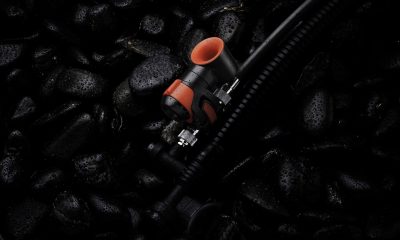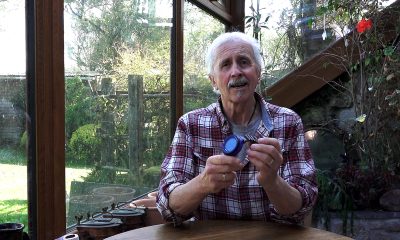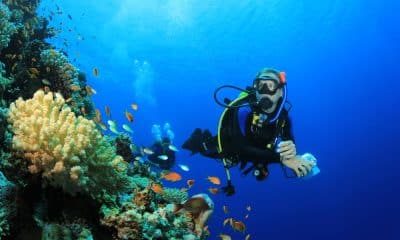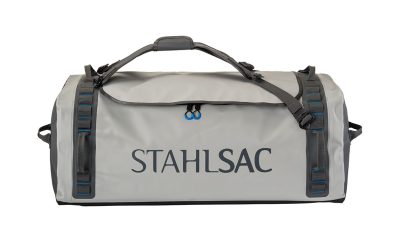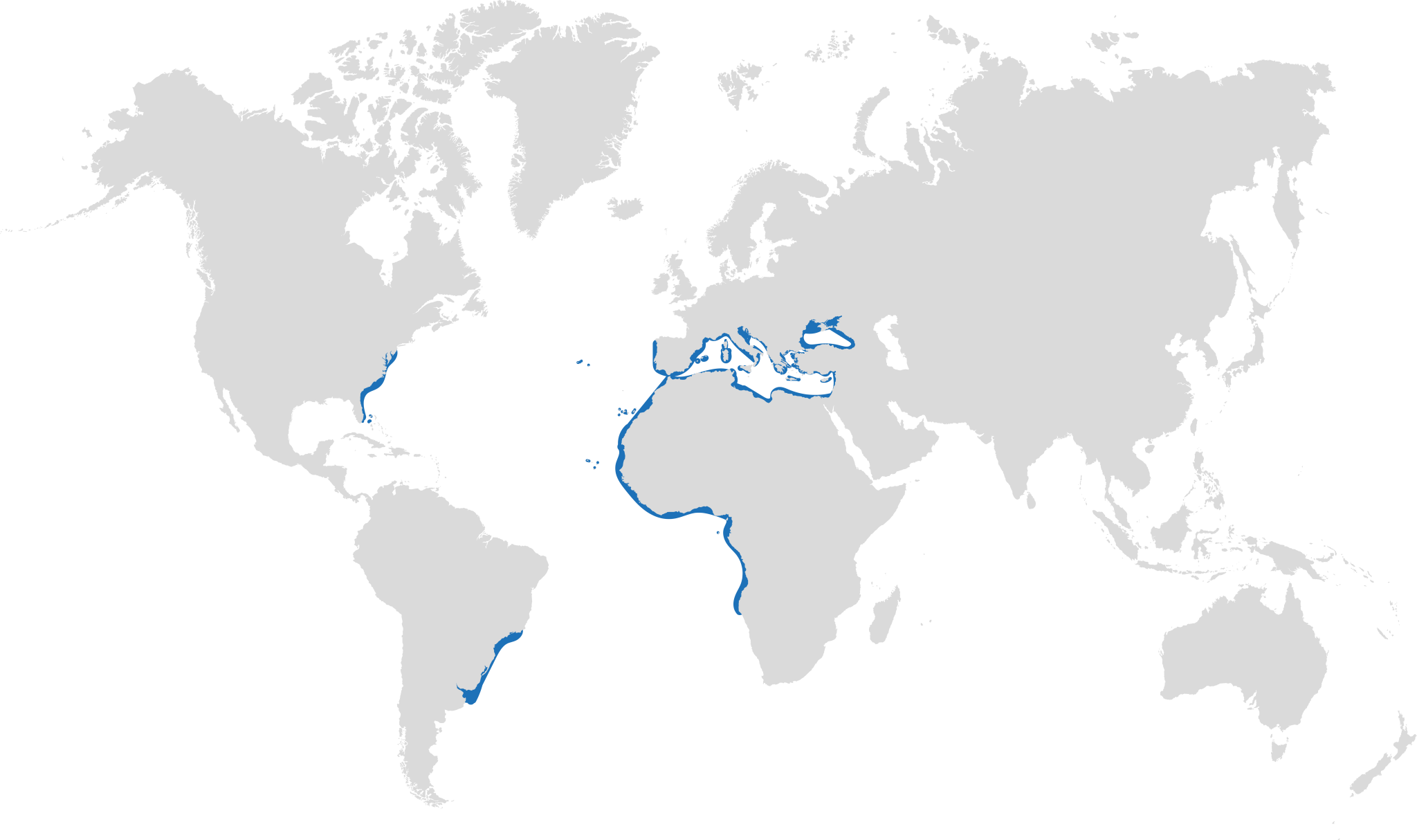News
Gear Showcase: The XT1/XT4 Regulator from Dive Rite
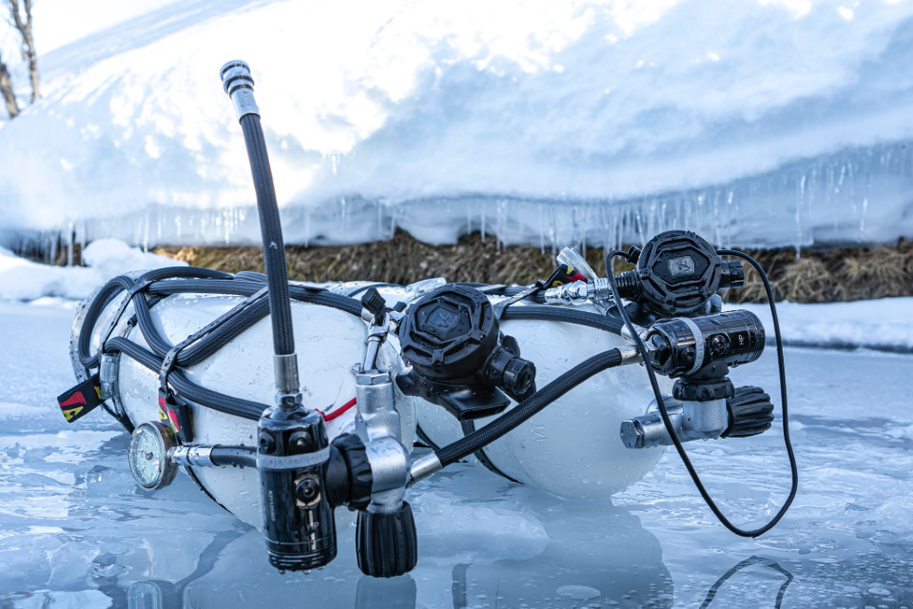
Dive Rite was founded in 1984 by technical divers and cave explorers with the goal to make the very best scuba diving equipment available. Gear that can be trusted on the most extreme dives and exceed expectations in any environment: reef, wreck, cave, or quarry.
Dive Rite’s balanced XT1 First Stage utilizes a rotating turret design ideal for technical diving.
Two high pressure ports are angled ninety degrees from the regulator fitting for optimal hose routing. Five low pressure ports on a swivel turret also contribute to the most streamlined possible hose routing. Rugged construction and the use of black diamond-like carbon brass mean that this regulator will continue to look good as it performs no matter what you throw at it. The state-of-the-art XT4 Second Stage features a pneumatically-balanced design with consistent gas pressure for easy inhalation. Compared to previous iterations, the size of the regulator has been reduced and the exhaust tee has been trimmed and angled for a more streamlined package. Sandblasting and hard coat anodizing result in a durable matte finish with the ultimate abrasion resistance. Available as a standard right-hand or left-hand regulator.
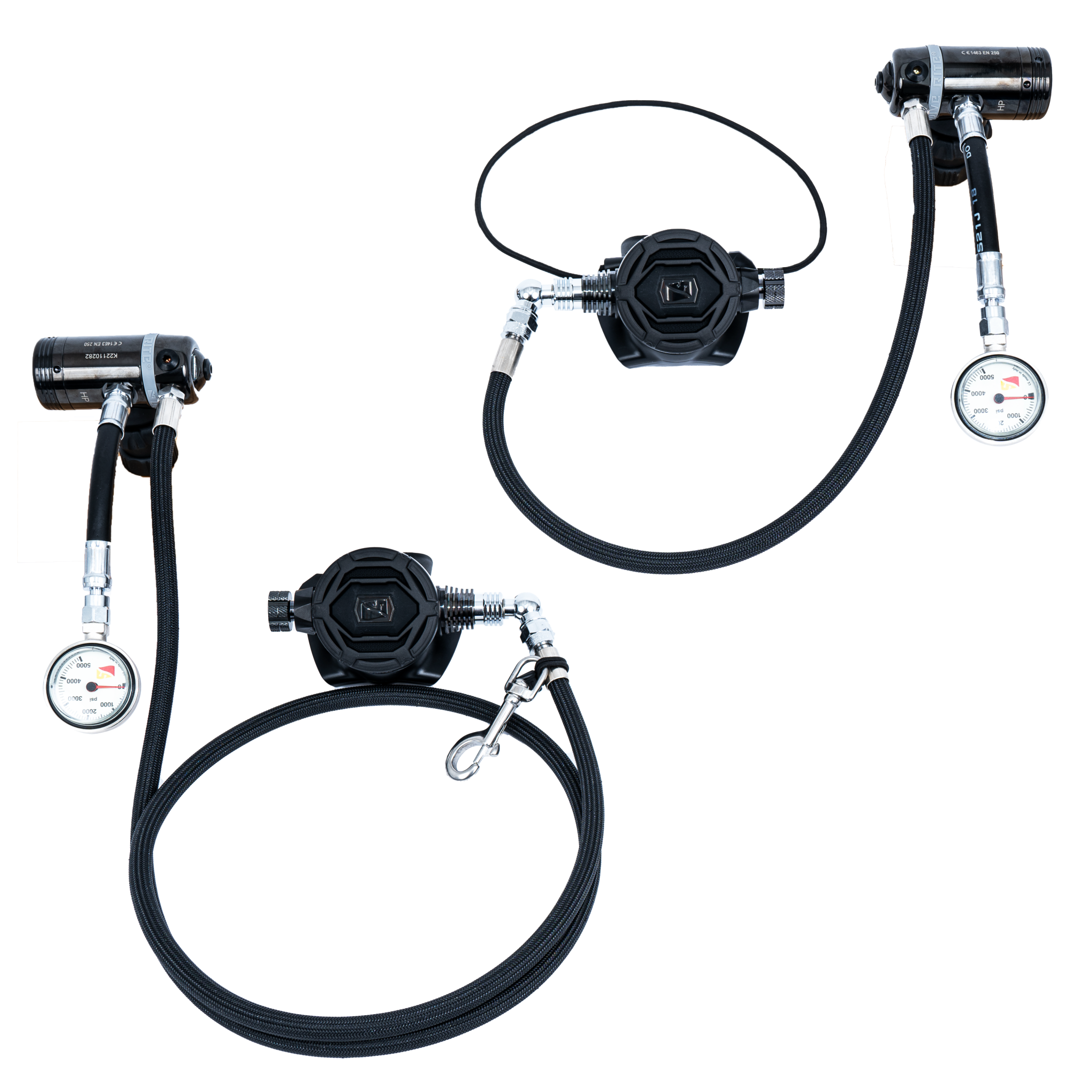
The XT1 First Stage is environmentally sealed to protect against internal corrosion, contaminants, and freezing so you can feel confident diving this regulator in any underwater environment. All internal moving parts in the XT4 Second Stage are coated in Teflon and a finned metal heat exchanger is utilized for improved cold-water use. The XT1/XT4 is suitable for oxygen-enriched mixtures if precautions are taken (diver must use oxygen-compatible materials, keep the regulator clean from contaminants during assembly and use, and open the tank valve slowly).
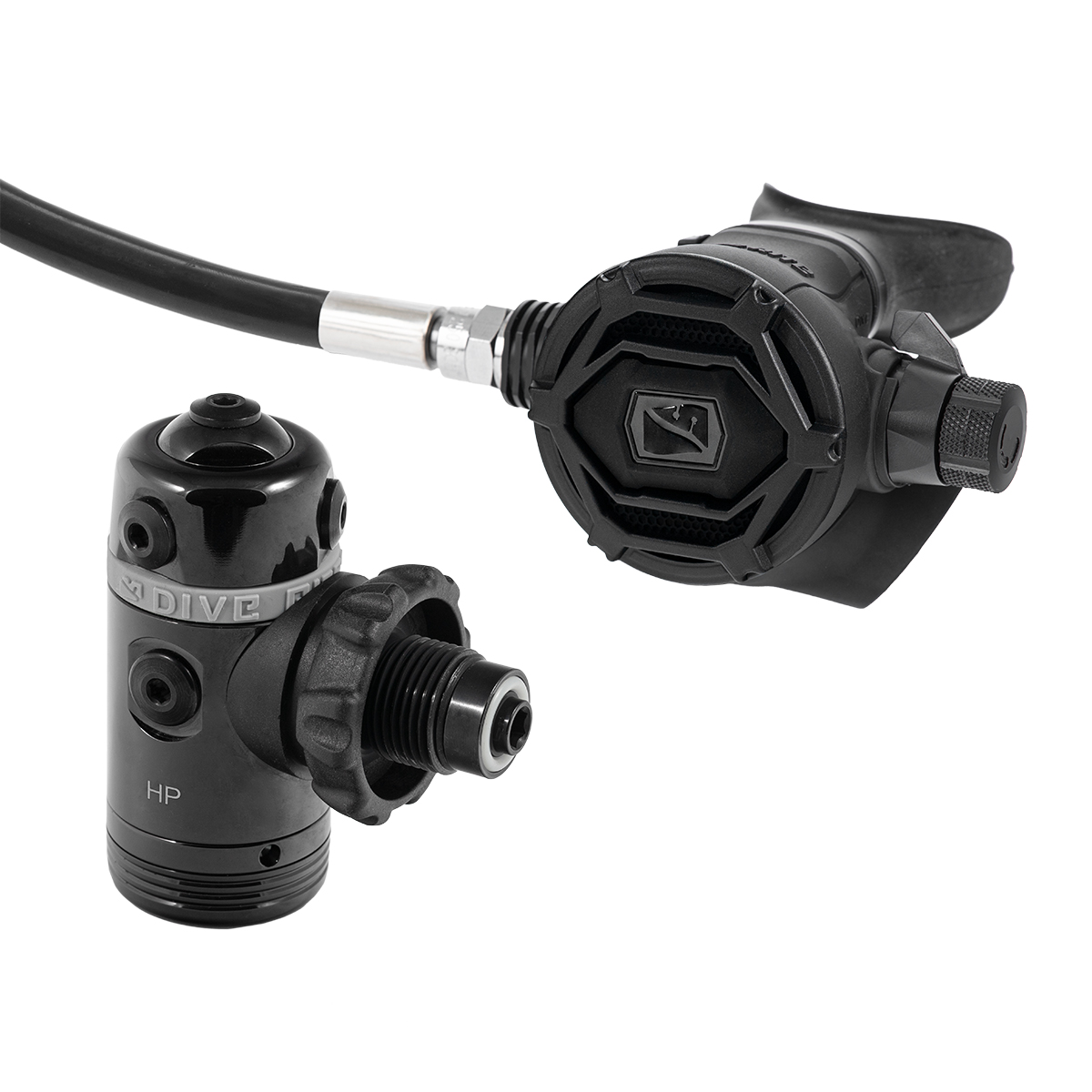
This regulator was designed using the Venturi Effect to direct airflow directly from the valve to the mouthpiece, resulting in the smoothest possible inhalation. An “easy grip” dive/pre-dive switch allows the diver to avoid a free flow at the surface and works well even with gloves. This adjustable design enables the diver to fine-tune their cracking pressure to suit their preferred breathing resistance.
To find out more about the XT1 First Stage, visit https://www.diverite.com/products/regulators/xt1-first-stage/.
To find out more about the XT4 Second Stage, visit https://www.diverite.com/products/regulators/xt4-second-stage/.
Sea & Sea is the home of Dive Rite and other leading diving brands in the UK.
Marine Life & Conservation Blogs
Creature Feature: Butterfly Rays

 In this series, the Shark Trust will be sharing amazing facts about different species of sharks and what you can do to help protect them.
In this series, the Shark Trust will be sharing amazing facts about different species of sharks and what you can do to help protect them.
As we’re currently in butterfly season, this month we decided to concentrate on the Butterfly Rays!
Within the family Gymnuridae, there are two genera and 12 species of Butterfly Ray. These species are morphologically different to lots of other rays because of the width of the disc and pectoral fins – in contrast to many other species of Butterfly Ray, their bodies are much wider than they are long, especially considering their very short tail. This gives them the appearance of gliding or flying across the sand.
Gymnura altavela – Spiny Butterfly Ray
Gymnura australis – Australian Butterfly Ray
Gymnura crebripunctata – Longsnout Butterfly Ray
Gymnura japonica – Japanese Butterfly Ray
Gymnura lessae – Lessa’s Butterfly Ray
Gymnura marmorata – California Butterfly Ray
Gymnura micrura – Smooth Butterfly Ray
Gymnura natalensis – Backwater Butterfly Ray
Gymnura peocilura – Longtail Butterfly Ray
Gymnura sereti – Seret’s Butterfly Ray
Gymnura tentaculata – Tentacled Butterfly Ray
Gymnura zonura – Zonetail Butterfly Ray
Today we’re taking a look at Gymnura altavela, the Spiny Butterfly Ray. Like all Butterfly Rays, the Spiny Butterfly Ray is a demersal species, meaning it spends the majority of its time on the bottom of the seabed. Butterfly Rays are known for their burying behaviour in the sand, a technique they use to camouflage themselves when they are resting during the day. This protects them from predators, in some areas larger sharks. It also aids them in their ambush hunting technique – by hiding themselves under the sand they are able to easily snatch up their dinner – usually crustaceans, molluscs or other small fish – as they swim by unawares. This behaviour can leave tell-tale butterfly-ray shaped imprints in the bottom of the seabed.
Spiny Butterfly Rays can grow up to 260 cm (disc width (wingspan)), although average is around 200 cm. They give birth to live young, and each litter consists of 1-8 pups. This species has also been found to aggregate, likely for mating. One study found that aggregations of primarily females in the coastal regions off Gran Canaria may correlate with the shifting water temperature.
It is estimated that the species has undergone a population reduction of 50-79% over the last 33 years. This is primarily due to fishing pressure – the Spiny Butterfly Ray is targeted and bycaught in both industrial and artisanal fisheries types using a variety of gear types. The species is now Critically Endangered in the Mediterranean and Southwest Atlantic.
Scientific Name: Gymnura altavela
Family: Gymnuridae
Maximum Size: 260 cm (disc width)
Diet: crabs, shrimps, various invertebrates, fishes, small crustaceans, and molluscs.
Distribution: throughout the Atlantic and Mediterranean and Black Seas.
Habitat: muddy and sandy substrates down to 150m.
Conservation status: Critically Endangered in the Mediterranean and Europe, Endangered Globally.
For more great shark information and conservation visit the Shark Trust Website
Banner Image: ©Tomas Willems. Main image: ©Andy Murch
Gear News
DiveAlertPLUS: a Dual Function Surface / Subsurface Signalling Device
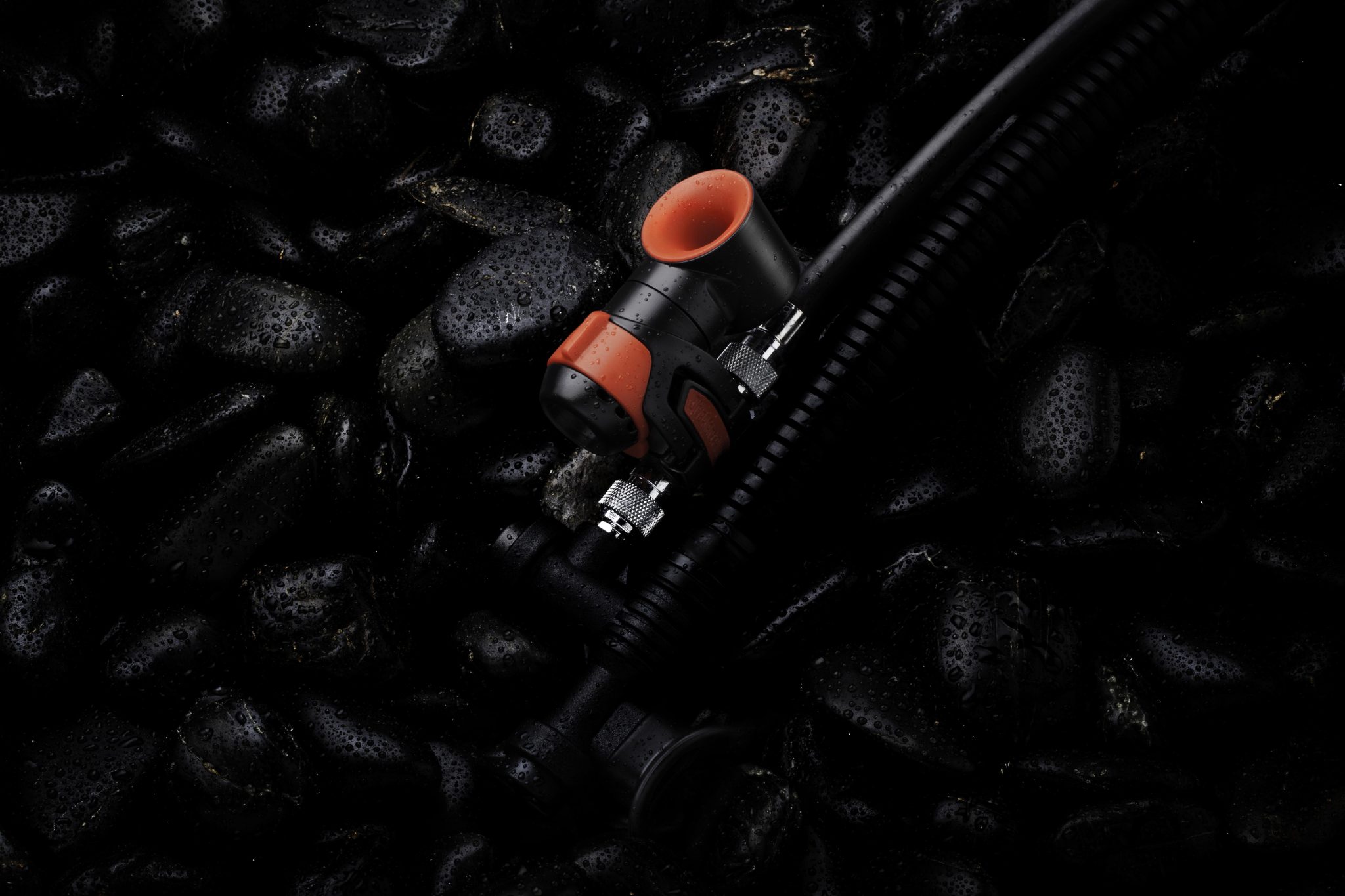
DiveAlertPLUS is a specially designed, small, lightweight pneumatic signalling device that uses quick-connect/disconnect hose couplings to become an integrated part of your power inflator.
It uses a small amount of air from your SCUBA tank to make a piercingly loud sound in air or water. It can be heard a mile away from where the diver in need is above water.
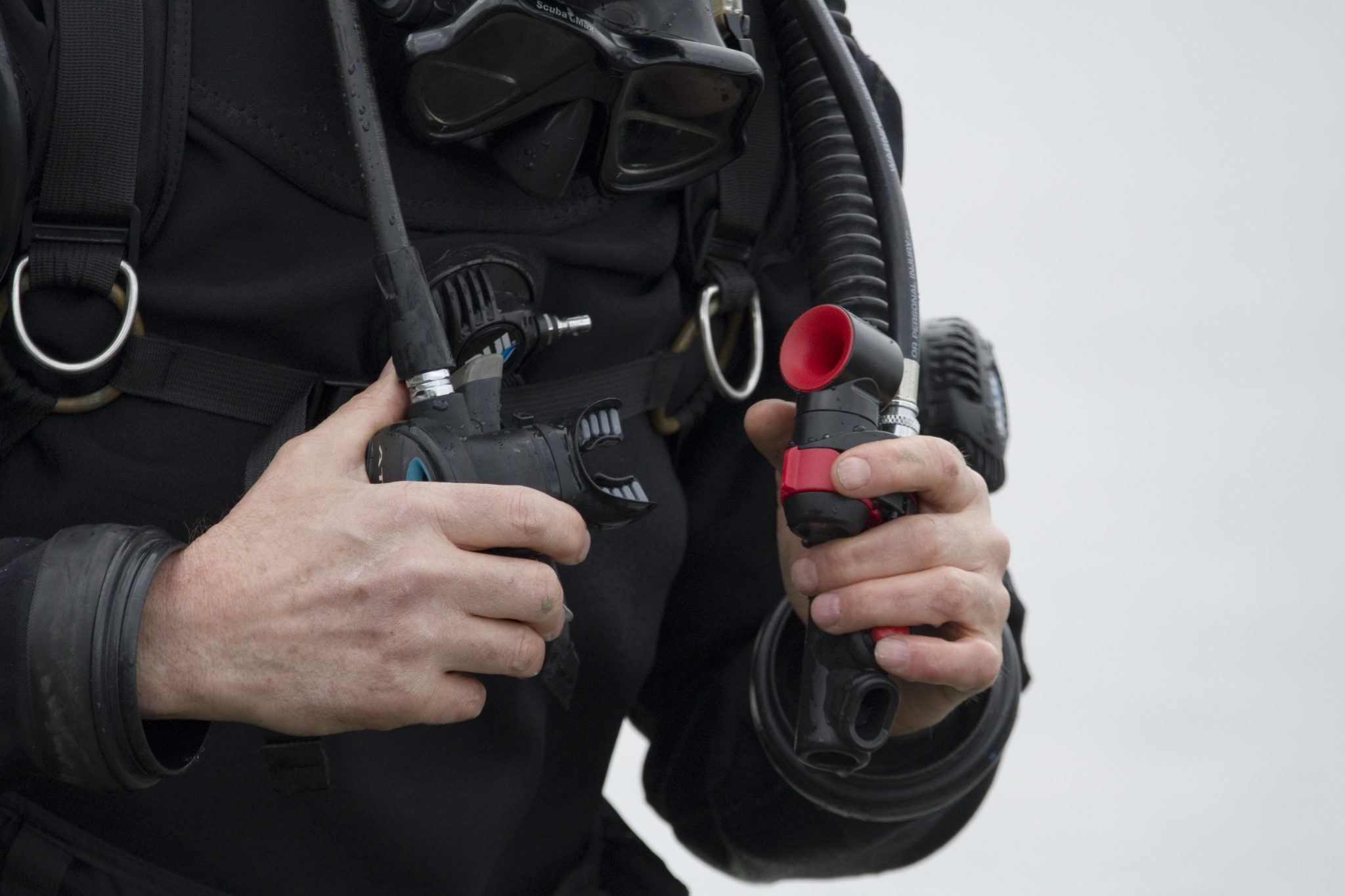
How it works
The DiveAlertPLUS uses chrome-plated brass couplings to attach to your power inflator. Squeezing the device engages the actuator valve stem causing a small amount of air to flutter a stainless steel diaphragm emitting a piercingly loud sound. The subsurface/underwater signal is produced by a percussion “buzzing” noise made by a piston hitting a stainless steel diaphragm much like a drum.
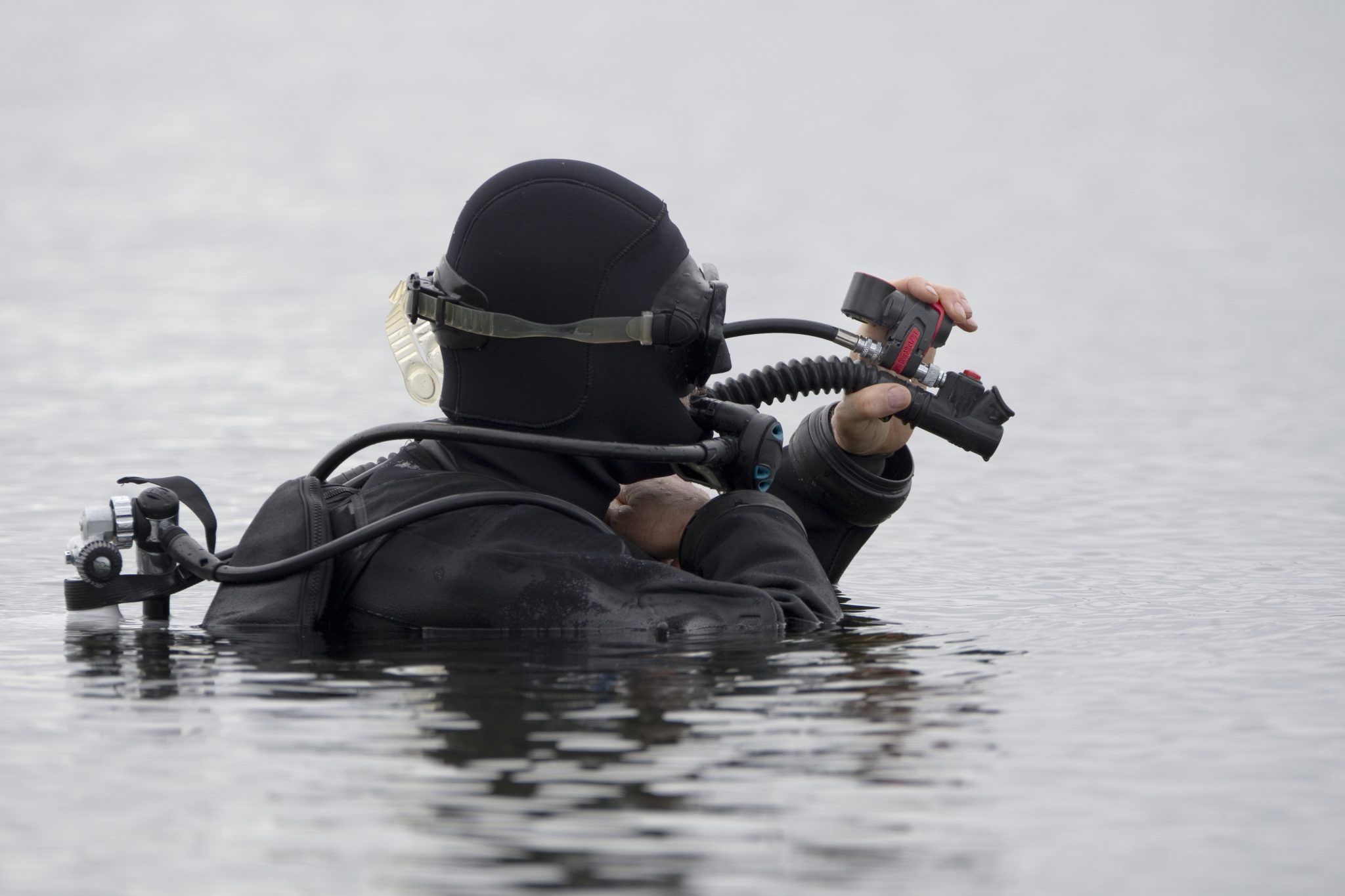
To Learn more about the DV1 an DV3 DiveAlert click on this link to their website: https://www.divealert.com/index.php/divealert-plus
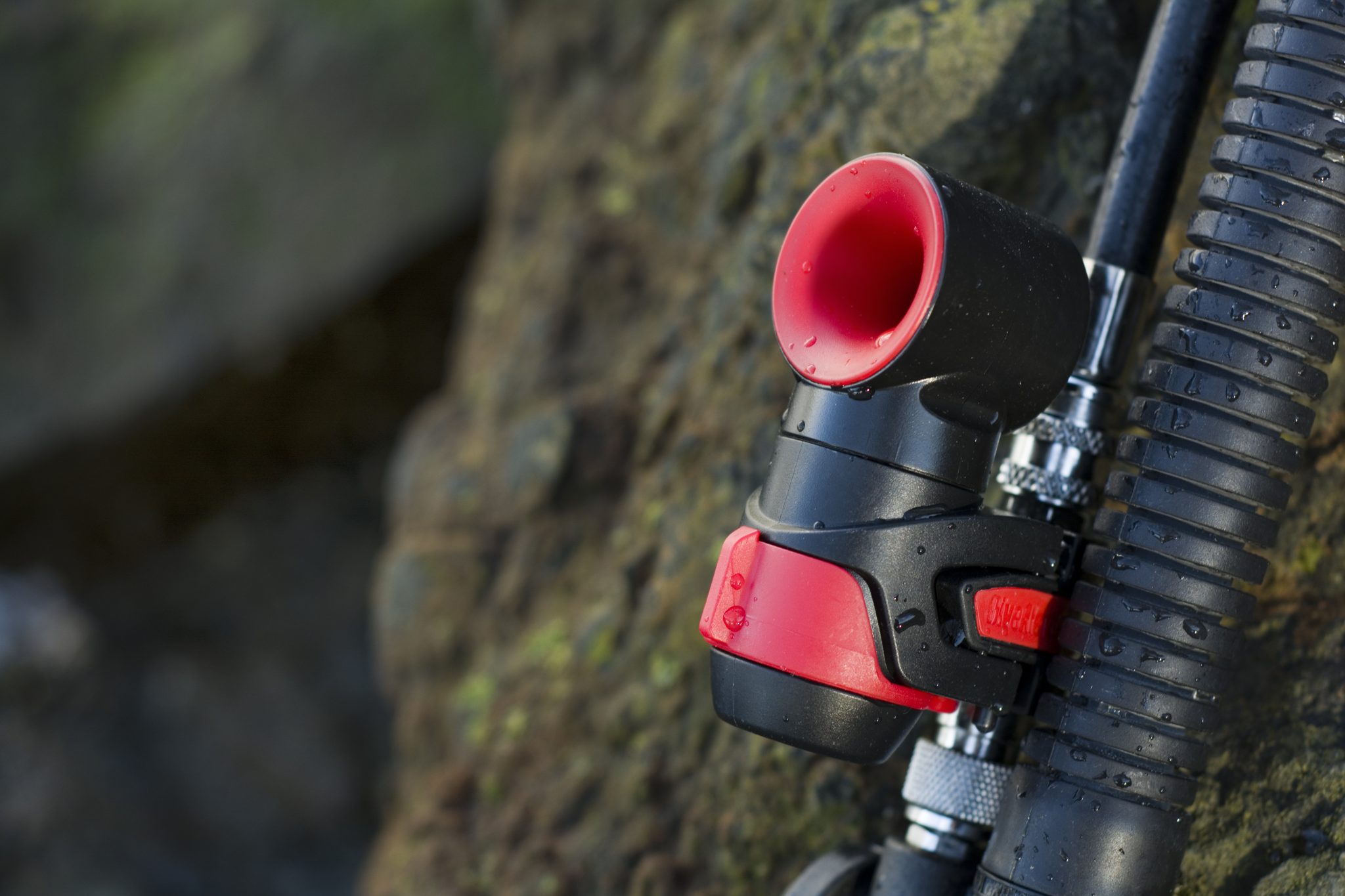
Sea & Sea is the home of DiveAlert and other leading diving brands in the UK.
-

 Blogs4 weeks ago
Blogs4 weeks agoDive Indonesia Part 3: Dive into Lembeh Trip Report
-

 Gear Reviews1 month ago
Gear Reviews1 month agoGEAR REVIEW – Revolutionising Diving Comfort: The Sharkskin T2 Chillproof Suit
-

 News3 months ago
News3 months agoPADI Teams Up with Wellness Brand Neuro to Drive Ocean Change and Create a Blue State of Mind
-

 Blogs2 months ago
Blogs2 months agoMurex Resorts: Passport to Paradise!
-

 Blogs3 months ago
Blogs3 months agoDiver Discovering Whale Skeletons Beneath Ice Judged World’s Best Underwater Photograph
-

 Blogs2 months ago
Blogs2 months agoSeagrass Awareness Month brings critical food source for Manatees to centre stage
-

 Marine Life & Conservation3 months ago
Marine Life & Conservation3 months agoSave the Manatee Club launches brand new webcams at Silver Springs State Park, Florida
-

 Blogs2 months ago
Blogs2 months agoSOMABAY: Scubaverse interviews Wolfgang Clausen, General Manager, ORCA Dive Clubs



